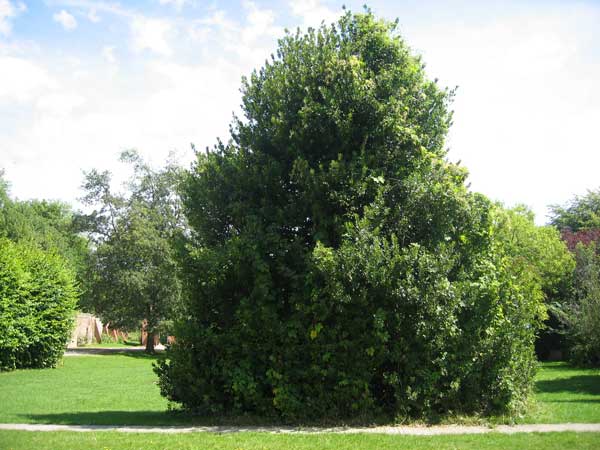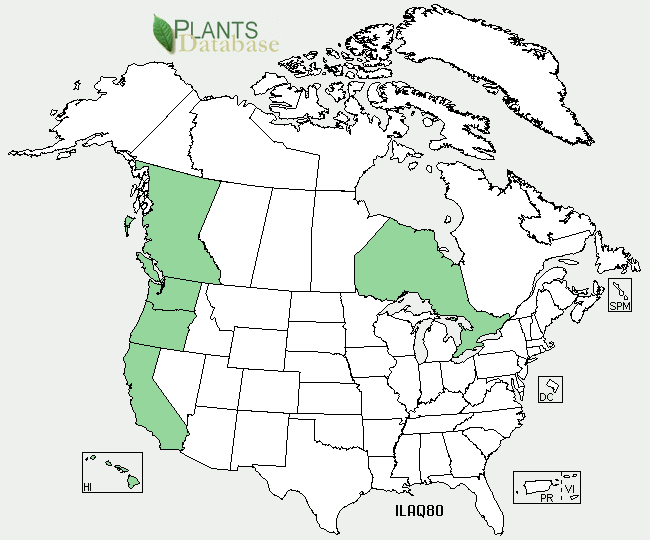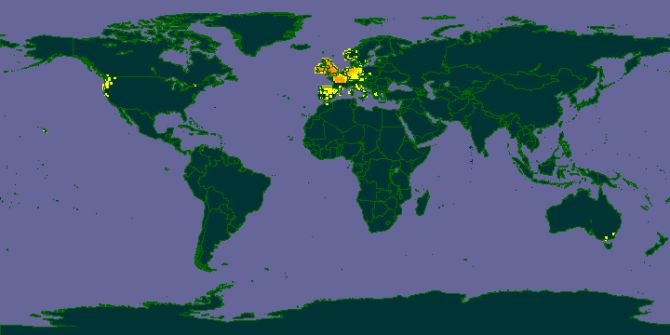Ilex aquifolium
English Holly (Ilex aquifolium) is a
broadleaf evergreen tree found primarily in Europe. This beautiful species is
common throughout Britain, western and southern Europe and western Asia. It can
grow as a shrub or a tree with a typical height range of 10 to 40 feet. Foliage
is characterized by dense, dark-green leaves that are smooth and glossy, but
possess a number of spines around the edges. Berries are also produced on all
female Holly trees and come in a range of colors including red, orange, yellow,
white and even black, with red being the most common. The bark is smooth and is
often ash-colored or black. Clusters of fragrant, white flowers appear from May
to June and attract a number of bee species to assist in pollination. Holly is
often found in Beech and Oak woodlands, but can also, although rarely, form pure
holly forests. This rare occurrence is unique to Britain. Although English Holly
is native to Europe it has been cultivated worldwide and can be found today in
forests, parks, gardens and plains around the globe.

Figure 1: Large Holly bush in a park.

Figure 2: North America distribution of English Holly
English Holly is
only found in a few areas in North America. One of its closest relatives,
American Holly, is much more popular in the United States and grows well in the
damp climates of the southeast. Ilex aquifolium is only found in the United States
in parts of California, Oregon, Hawaii, and Washington. In Canada, English Holly
can be found in British Colombia and Quebec.

Figure 3: Worldwide distribution of English Holly.
As you can see
from the image above, Ilex aquifolium remains concentrated in its native
environment. It is widespread and common throughout Britain, but can also be
found in western and southern Europe and West Asia. A small distribution of
English Holly occurs in southeastern Australia as well. Although it grows best
in these natural environments, English Holly cultivars can be successfully
planted and grown worldwide.
Cultivars are especially popular in the United
States and Africa.
Moving on to Phylogeny...
|